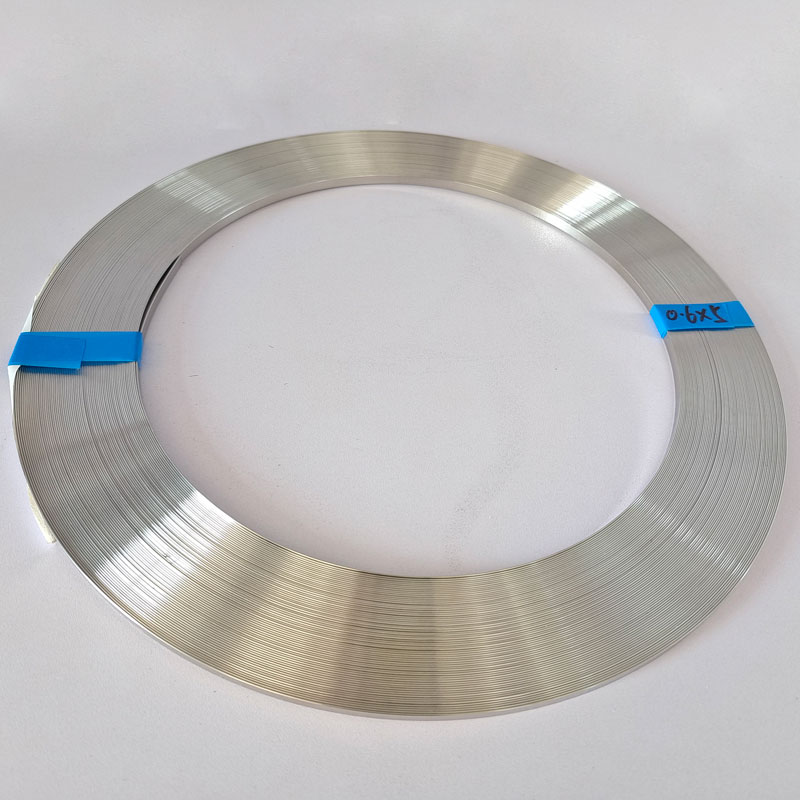

Testing the surface roughness and gloss of polished stainless steel strip is an important step in assessing its quality. Specific testing methods can be categorized into two areas: roughness testing and gloss testing.
1. Surface Roughness Testing
Surface roughness refers to the degree of microscopic irregularities on the surface of stainless steel strip and is typically tested using a roughness meter. Common testing methods are as follows:
1.1 Using a Roughness Meter (Ra Testing)
Principle: A roughness meter moves a probe across the metal surface, recording changes in surface height to determine the surface roughness value. Commonly used roughness parameters include Ra and Rz.
1.2 Visual Inspection and Touch
Principle: A simple visual inspection of the surface roughness is combined with touch to provide a preliminary assessment.
1.3 Gloss Mirror Standard
For special requirements, a gloss meter can be used to test whether the surface meets smoothness requirements. Some high-gloss polishing processes can directly reduce surface roughness.
2. Gloss Testing
Surface gloss describes the ability of a material's surface to reflect light. A gloss meter is typically used to measure its gloss value. 2.1 Using a Gloss Meter
Principle: A gloss meter evaluates surface gloss by measuring the intensity of reflected light. Common gloss indices include 60° gloss and 85° gloss, which are suitable for measuring different surface characteristics.
2.2 Visual Inspection and Gloss Perception
Principle: Visually determine whether a surface reflects a clear image, or roughly judge by feeling the surface's glossiness.
3. Combined Applications
In actual production, roughness and gloss often complement each other, especially for high-end stainless steel products. The inspection and control of both directly impact the product's appearance and quality. Accurate roughness and gloss testing ensures that the processed quality of stainless steel strip meets customer and standard requirements.
Summary:
Roughness Testing: Use a roughness meter to measure the Ra value to ensure that the surface meets design requirements.
Gloss Testing: Use a gloss meter to measure the surface's gloss to ensure it achieves the desired brightness.
These two testing methods provide a comprehensive understanding of the surface quality of polished stainless steel strip, ensuring subsequent use and processing.
